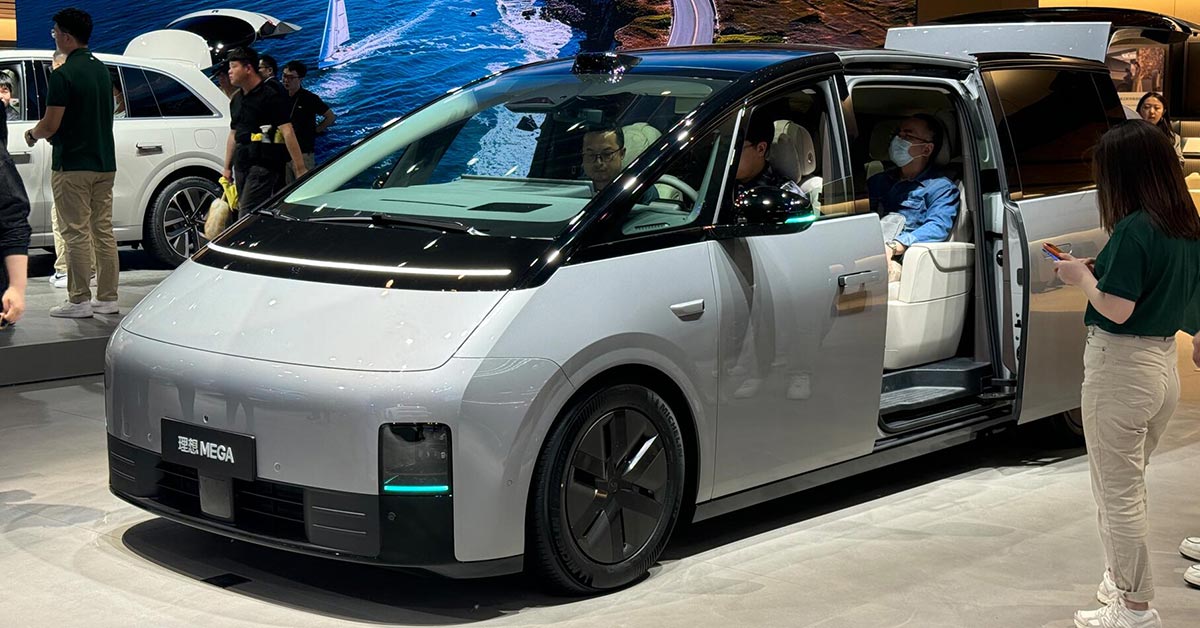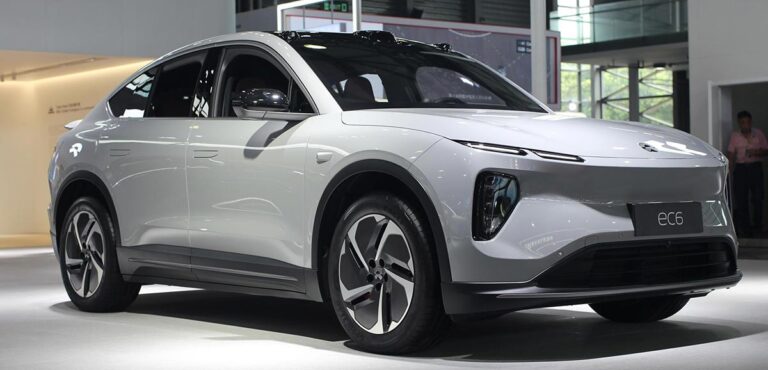Li Auto recently set up an end-to-end large model autonomous driving team of slightly over 200 people, according to local media.

Li Auto (NASDAQ: LI) has reportedly set up a dedicated team to bet on end-to-end AI (artificial intelligence) technology, becoming the latest to do so after Nio (NYSE: NIO).
Li Auto recently set up an end-to-end large-model autonomous driving team of just over 200 people, with some members of other teams providing flexible support, local media outlet 36kr reported today.
The car company isn't alone in doing so, as Nio has previously led the way in making organizational changes by setting up a department dedicated to end-to-end large models, the report noted.
Li Auto's smart driving team is divided into two main groups: algorithm development and mass production development, with a team size of about 800 people, the report said.
Li Xiang, the company's founder, chairman, and CEO, has said that by the end of this year or early next year, Li Auto will launch an end-to-end +VLM (Vision-Language Model) autonomous driving solution that will be trained by over 10 million clips.
Tesla (NASDAQ: TSLA) released FSD V12 earlier this year, which brought good results. This has led to an industry consensus on the end-to-end large AI model used by Tesla, and more car companies in China are starting to experiment with this route.
Nio's smart driving R&D department completed a team restructuring to focus more on end-to-end technology, according to a June 19 report in local media outlet LatePost.
Under the original commonly adopted technology architecture, for smart driving systems, modules such as perception, prediction, decision-making, and control all require engineers in different fields.
The end-to-end smart driving system uses sensor data as input and is used directly in the vehicle's control commands, with all intermediate processes relying on neural network models.
On July 11, Nio started rolling out the Banyan 2.6.5 CN system for vehicles based on the NT 2.0 technology platform, bringing AEB (automatic emergency braking) functionality optimized using end-to-end technology.
It is worth noting that end-to-end technology is demanding in terms of computing power resources.
Li Auto is scrambling to get more training computing power after choosing the end-to-end solution, 36kr's report today said, adding that an insider said Li Auto believes the next point of competition for smart driving is supercomputing centers.
Li Auto purchased more than 300 Nvidia servers last year from Volcano Engine, a cloud service platform owned by ByteDance, and is also currently working with cloud service vendors including Alibaba Cloud and Baidu Cloud, according to the report.
Huawei currently has the largest smart driving training computing power in China, mentioning in June that its computing power would reach 3.5 EFLOPS, the report noted.
Xpeng's (NYSE: XPEV), Nio's, and Li Auto's smart driving centers have computing powers of 0.6 EFLOPS, 1.4 EFLOPS, and 1.4 EFLOPS, respectively, the report said.

